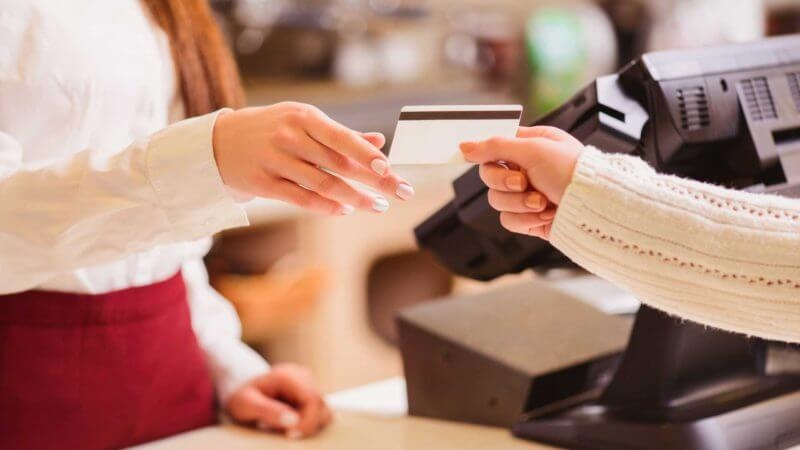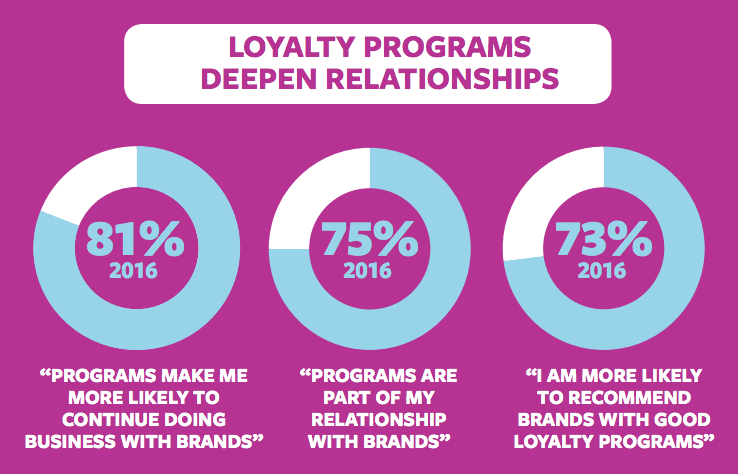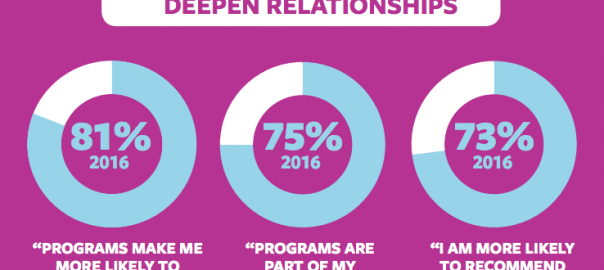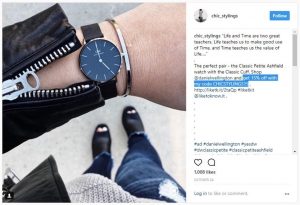You develop a relationship with a customer during their path to purchase, but do you lose track of them after they buy? Contributor Davor Sutija offers tips to keep the conversation going.

Display advertisements, coupons, shopper samples and in-store promotions are some of the more traditional approaches marketers have taken when trying to catch a shopper’s attention and influence his or her purchasing decision. Today, some forward-thinking brands are investing in new technologies like image recognition and augmented reality (AR) to build omnichannel retail experiences that target the mobile-first, tech-savvy consumer.
The challenge for brands arises, however, when that customer leaves the physical confines of the store. The 1-to-1 conversation related to a particular purchase essentially ends, as the means to engage directly with consumers post-purchase — during a product’s consumption phase — are basically non-existent. A brand’s ability to accompany the consumer throughout the entire customer journey ends as well.
But that’s beginning to change. A 2017 poll from WBR Digital and Narvar found that 90 percent of the more than 100 retailers surveyed recognize that post-purchase interactions are the gateway to better brand perception, customer satisfaction and loyalty. Marketers are keen to find technologies that help extend the consumer dialogue beyond the retail setting, and it’s no surprise that they’re setting their sights on mobile solutions.
Extend the consumer dialogue from the store to the home
We’ve established that, beyond physical products, today’s consumers want experiences when they shop. That’s why much of the current industry conversation around the “retail apocalypse” and how to get consumers into the store has focused on creating a unique and memorable shopping experience.
But experiences aren’t forged in a single moment. A product purchase is just the beginning, and the customer journey doesn’t end when a shopper swipes his or her credit card. The full experience continues through the interactions a consumer has when using, applying or consuming a particular product. For example, if a shopper buys a new bottle of olive oil, that experience — and their perception of the brand — will be driven primarily by the quality and taste of the product.
During the consumption phase, he or she may decide to visit the brand’s website to get additional product info, search for recipes or share images and stories through social media. Or they may not. The point is, brands have very little direct influence on the customer experience once that individual buys the olive oil and leaves the store.
As a result, brands should be looking for new ways to extend the consumer dialogue post-purchase and delight their customers after a product is taken home. And the rules here are pretty similar to that of a good friendship: If you can enrich or improve a customer’s life based on their experience with your product, their loyalty will grow, and they’re likely to come back for more.
Accompany the consumer throughout the entire customer journey
When a customer leaves the store post-purchase, they are essentially on their own and are rarely accompanied by the brand during the consumption phase of the customer journey. This represents a significant void, one that marketers are very eager to fill. That’s why there’s growing interest among brands in technologies like near field communication (NFC), which can be integrated into a product’s primary and secondary packaging in the form of NFC tags.
Once a product becomes “smart,” consumers are able to tap it with their smartphone, facilitating a 1-to-1 conversation that enables brands to drive the consumer experience. This direct brand-to-consumer connection — which is entirely opt-in from a consumer standpoint — eliminates interference from search engines, online marketplaces and social platforms and places full control in the hands of the brand. Whether in-store, on the go or at home, the brand maintains full control of the messaging and the consumer experience.
These types of technologies tied to mobile devices can act as a bridge to engage with customers post-purchase, simply by taking advantage of the digital constants in their lives, such as social media, websites and video portals. And it poses a boon for brands — 62 percent of millennials believe online content drives their loyalty to a brand, according to 2014 research from NewsCred. Those online interactions can help brands better understand their customers and, in turn, enable conversations and more personalized engagements that drive repeat purchases.
While it may seem contrarian to some, the inherent value in technologies like NFC is that the digital content and experiences it enables must be proactively initiated by the consumer. According to research from Lithium Technologies, if the consumer is not the one to initiate the connection, they feel like they’re being shouted at and will hold a brand to blame. In fact, 56 percent of millennial and Gen Z consumers cut back on social media use in 2016, due to the fact that they felt targeted by ads from companies with which they did not choose to engage.
Post-purchase engagement to create lifetime customers
Post-purchase consumer engagement works best when a brand can deliver customized content and unique digital experiences that give assistance, provide entertainment, offer information and education and lead to a more positive user experience. Let’s consider a few ways that brands can offer this kind of interaction after a consumer has purchased a product.
Reward customers: Loyalty programs are a fantastic way to engage customers after their initial and subsequent purchases. Discounts and shopper rewards can deepen a customer’s relationship with a brand on many levels. A 2016 survey from Bond found 75 percent of consumers considered a loyalty program part of their relationship with a brand, while 81 percent said loyalty programs made them more likely to do business again with a brand. More engagement through mobile devices was identified as a benefit for consumers as well, with 53 percent of customers claiming they wanted to use their mobile devices to access loyalty programs.

Image by Bond Brand Loyalty
Offer help: Brands can build consumer trust by streamlining the process of troubleshooting product issues. For example, many consumers struggle with putting together ready-to-assemble furniture. But what if step-by-step video tutorials and instructions could instantly be accessed on a smartphone through the simple tap of an NFC tag? Or what if those annoying but important warranty forms (that are often not submitted) could be completed quickly and easily in the same manner?
Provide education and tips: Offering information and guidance on how to properly use or apply a product is another effective way to enhance the consumer experience and increase customer satisfaction. A basic recipe printed on primary packaging can influence a consumer to use the product in a unique way. But there’s only so much real estate on a product’s packaging. NFC can build on this initial form of engagement by enabling consumers to access hundreds of cloud-based recipes, videos, photos and reviews via their smartphones. Not only does this deepen the brand-to-consumer connection, but it maintains the aesthetic and integrity of the product’s packaging.
Enable product reordering: Perhaps the most direct way to fuel loyalty and maintain/grow a customer base is to use the physical product as an e-commerce channel. After all, what could be more convenient than reordering a product by tapping it with a smartphone? We’ve seen examples of this functionality with NFC-enabled refrigerator magnets (disclosure: enabled by my company’s technology) that allow consumers to tap their smartphones to the magnet to launch a streamlined e-commerce experience where they can reorder spirits.
As another example, makeup enthusiasts can tap a product to get application tips from professional artists. This kind of customer interaction has been tested at makeup displays in leading retail stores like Sephora, allowing consumers to easily access popular styles and looks. By providing application tips, color recommendations and other guidance through a mobile interaction, beauty brands can reach consumers at home and on the go, well beyond the initial point of purchase.
Mobile technologies, including NFC, can open a new world of possibilities for brands and digital marketers to connect directly with consumers — in-store and at home. They can effectively complement the retail experience at point-of-sale by extending the brand-to-consumer dialogue beyond the physical confines of a store and bringing it into the home.
Opinions expressed in this article are those of the guest author and not necessarily Marketing Land. Staff authors are listed here.
Marketing Land – Internet Marketing News, Strategies & Tips
(37)
Report Post






